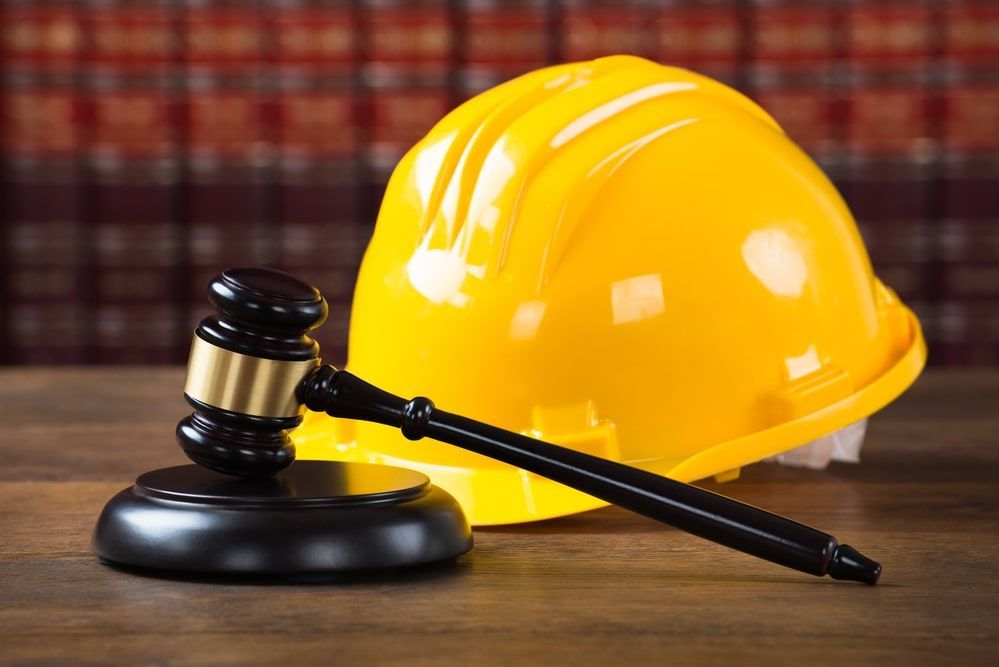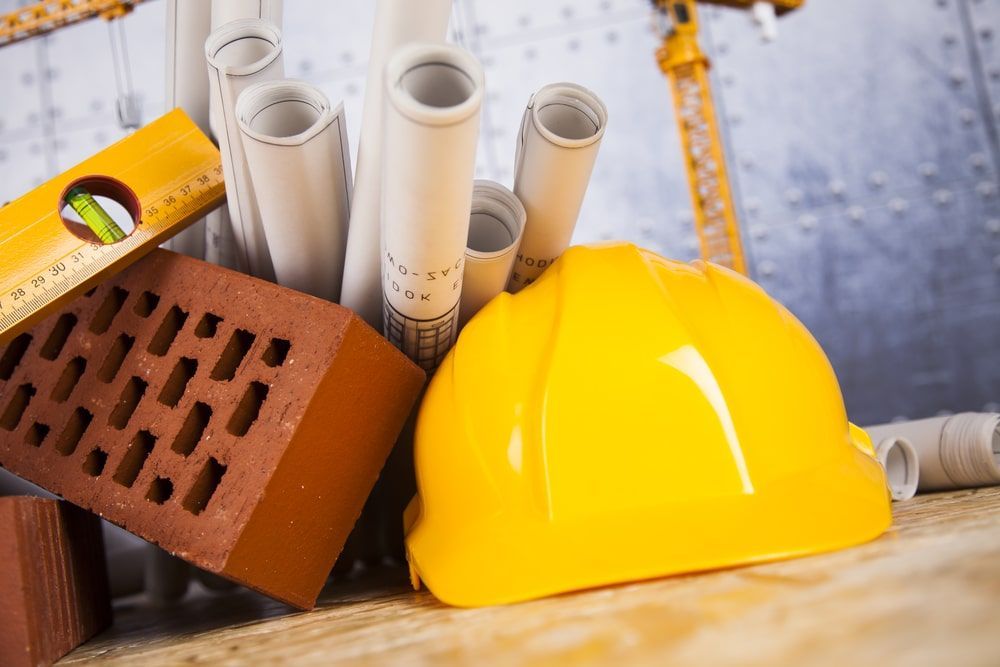New AIA Revised Contract A201
The American Institute of Architects (AIA) has published form contract documents for over 130 years, which are commonly used and quite popular. In 2017, their documents were revised and updated. Prior to that, the last revision was in 2007.
While there are quite a few documents that have been changed, some of the most important changes have been made to A201, “General Conditions of the Contract for Construction.”
Insurance and Bonds
One of the biggest changes in this document involves Article 11, which addresses insurance and bonds. A large portion of what was originally in the section has been removed and added to an Insurance and Bonds Exhibit. This Exhibit can be added as needed to other documents as well.
The purpose of the Exhibit was to create more flexibility for the parties with regard to insurance provisions and allows the parties to tailor the document to their needs. The Exhibit identifies what is considered mandatory and what is optional coverage. Required coverage, depending on the type of project, can include commercial general liability, employer liability, auto and workers’ compensation. Other optional coverages are also listed. It is suggested that owners and contractors review the contractual insurance requirements with a professional broker to make sure that the policies acquired provide the required coverage.
While key language is contained in the Exhibit, Article 11 of A201 was also revised. For example, the contractor is no longer responsible for providing Certificates of Insurance. This section also discusses owner liability where insurance is not obtained, as well as waivers of subrogation for insurance policies other than the ones covering the project.
In the revised document, the owner and the contractor provide each other with any notices of cancellation of coverage. There were also provisions added that protect the contractor and any subcontractor should the owner not comply with the insurance requirements.
Ability to Pay
In response to the 2008 recession, AIA has revised provisions regarding the owner’s ability to pay. The document sets out steps that the contractor can take if they have not received adequate assurances of payment.
For instance, if the owner doesn’t provide assurances, the contractor doesn’t have to start work. After work has begun, the contractor can request assurances only when: (1) the contractor isn’t paid, (2) the contractor notifies the owner in writing regarding the owner’s ability to pay, (3) or a change in scope of the job alters the contract price. If the owner doesn’t provide assurances within 14 days, the contractor can stop work.
Communications
Because we are more of a digital society than we were ten years ago, A201 has been amended to provide for digital communications as a way to send notice between the parties. Importantly, any notice of a claim however, must also still be sent via personal delivery, courier or certified mail.
Timing-Filing a Claim
There are new rules regarding the timing of filing a claim for arbitration or litigation. After the first decision and mediation, either side can request that the other party file a claim. If a claim isn’t filed within a sixty-day period, both parties have waived their right to litigate or arbitrate an issue.
Change Orders
The contractor’s rights regarding Change Orders has been amended with respect to “minimum changes.” If the owner asks for a minor change, but the contractor feels it could impact the timing of the project or the contracted sum, the contractor can refuse to act unless the issue is addressed with a change order or otherwise resolved.
These are only a few highlights, as there are numerous changes to this and other AIA documents. If you are planning on using the new forms and have any questions, please don’t hesitate to contact our office for clarification.
The post New AIA Revised Contract A201 appeared first on Bennett Legal Group, P.A..










Our Office
850 Concourse Parkway South, Suite 100
Maitland, Florida 32751
Contact Us
We will get back to you as soon as possible.
Please try again later.







